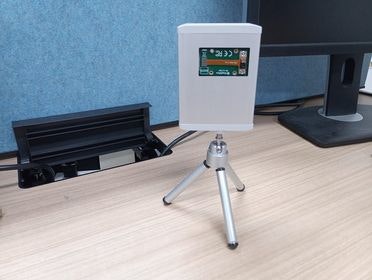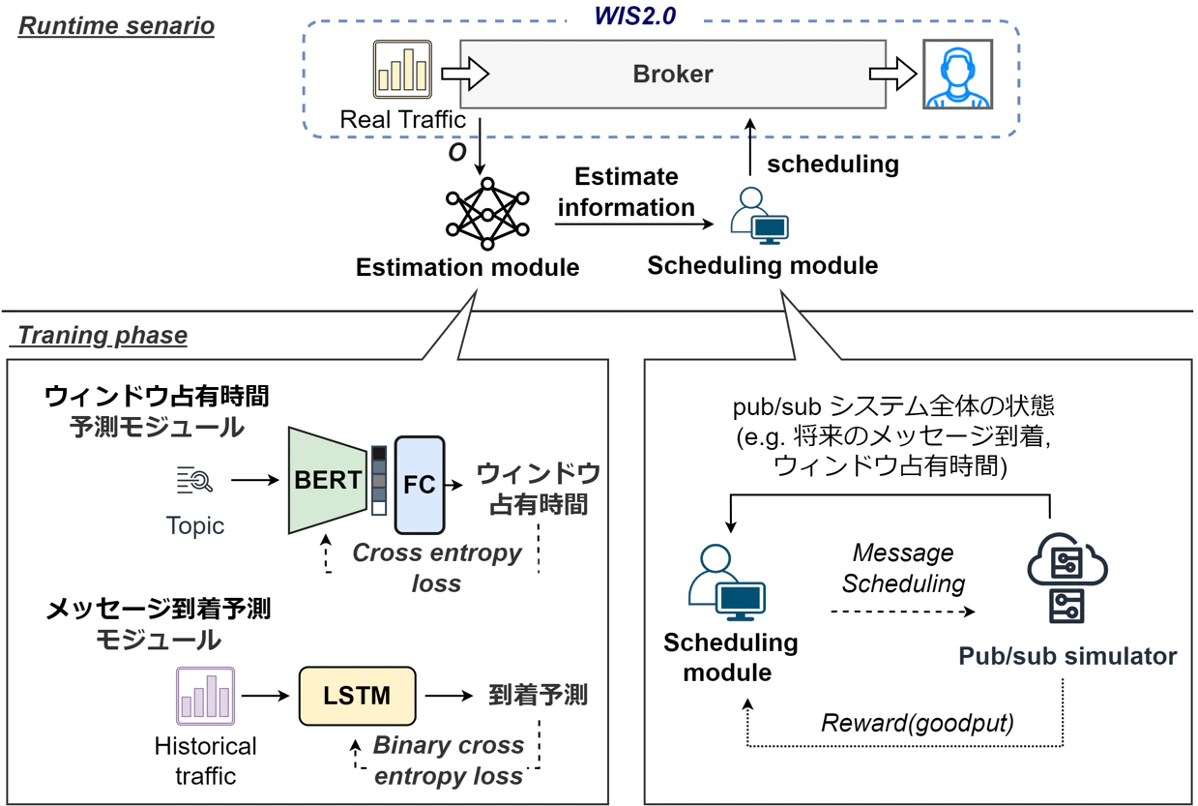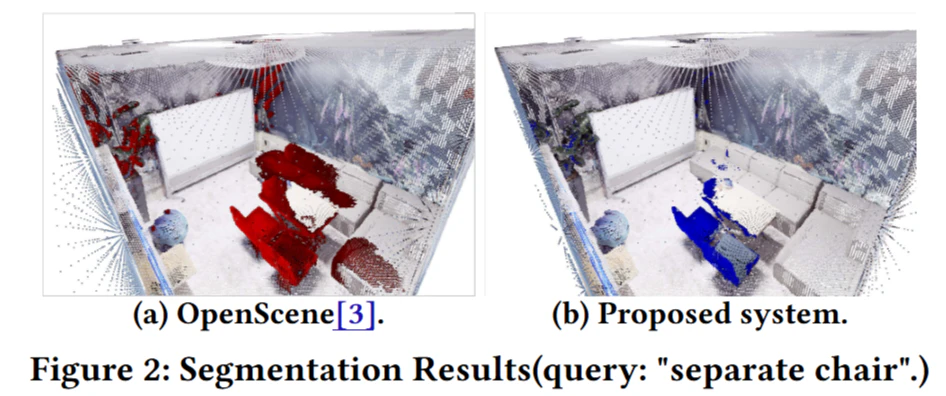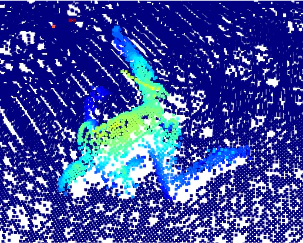The average sitting time for Japanese people is about 7 hours a day, which is the longest among the 20 most developed and middle-income countries. It is very difficult to be aware of one's posture when working at a desk, and sitting for long hours without being aware of one's posture can put a great burden on the body. As a solution to this problem, it can be considered that a service that monitors postures during desk work using sensing-based posture recognition and that presents it to the seated person to encourage behavior change.
Although there are many posture recognition methods using sensing, most of them use cameras or dedicated devices, which have problems such as privacy violation and installation cost. Posture recognition methods using 3D point cloud data have been proposed as a method that does not infringe on privacy and can perform them with high accuracy. However, the devices getting point cloud data were originally designed for applications that require high-density 3D point cloud data, such as automatic driving and mapping, and are therefore expensive and large, making them unsuitable for applications such as personal posture recognition.
In this study, we propose a posture recognition method using Hitonavi-µ, which is relatively inexpensive, small enough to be installed on a desktop, and can acquire 3D point cloud data.
The proposed method extracts features from 3D point cloud data of sitting posture acquired using Hitonavi-µ and estimates the sitting posture using a deep learning model.


Published Paper:
- 片山ひかる, 水本旭洋, and 山口弘純. "三次元点群データに基づく着座姿勢推定手法の提案." 研究報告モバイルコンピューティングと新社会システム (MBL) 2022.40 (2022): 1-6.
- Hikaru Katayama, Teruhiro Mizumoto, Hamada Rizk and Hirozumi Yamaguchi, "You Work We Care: Sitting Posture Assessment Based on Point Cloud Data", Proceedings of the 2022 IEEE International Conference on Pervasive Computing and Communications Workshops and other Affiliated Events: Demos, pp.121-124





